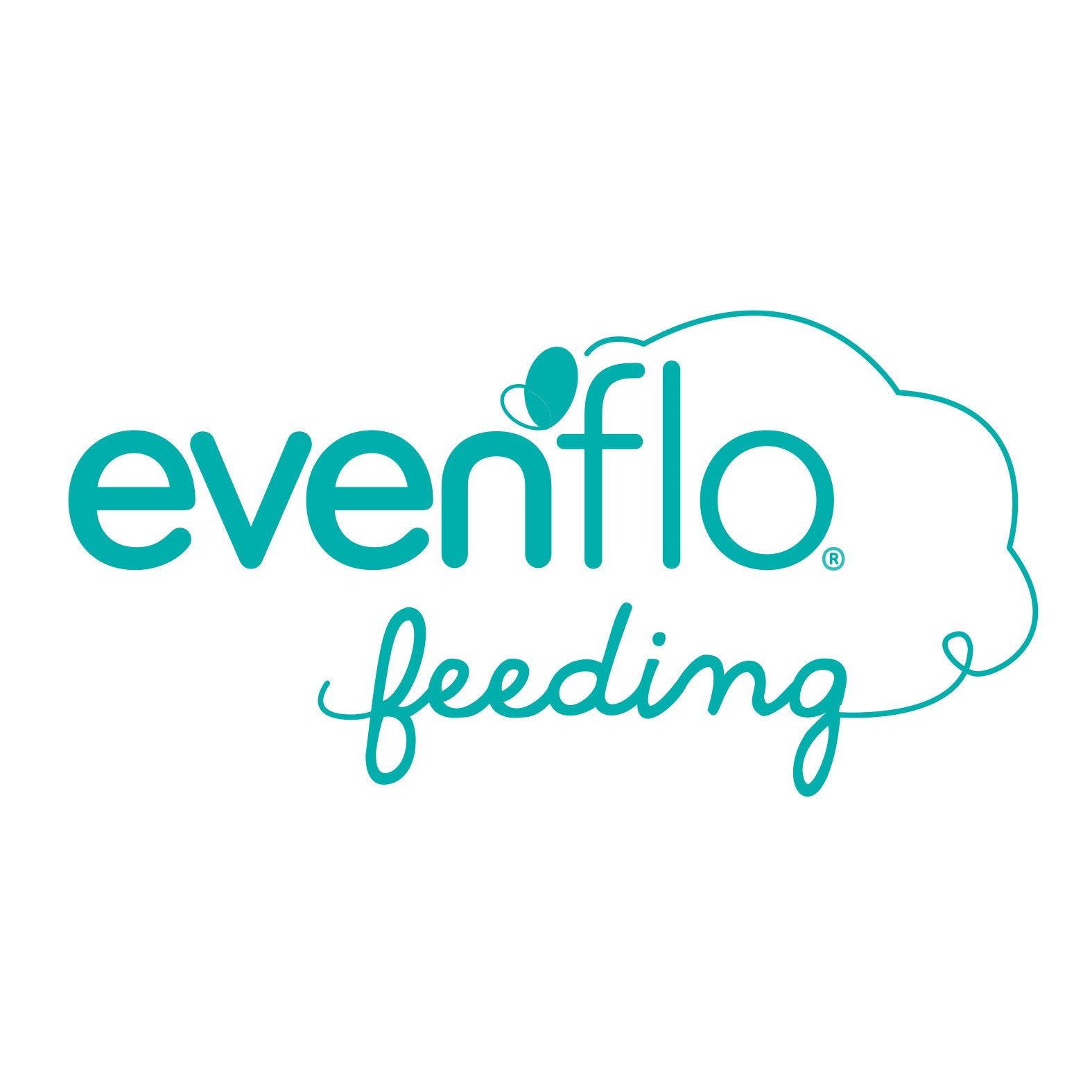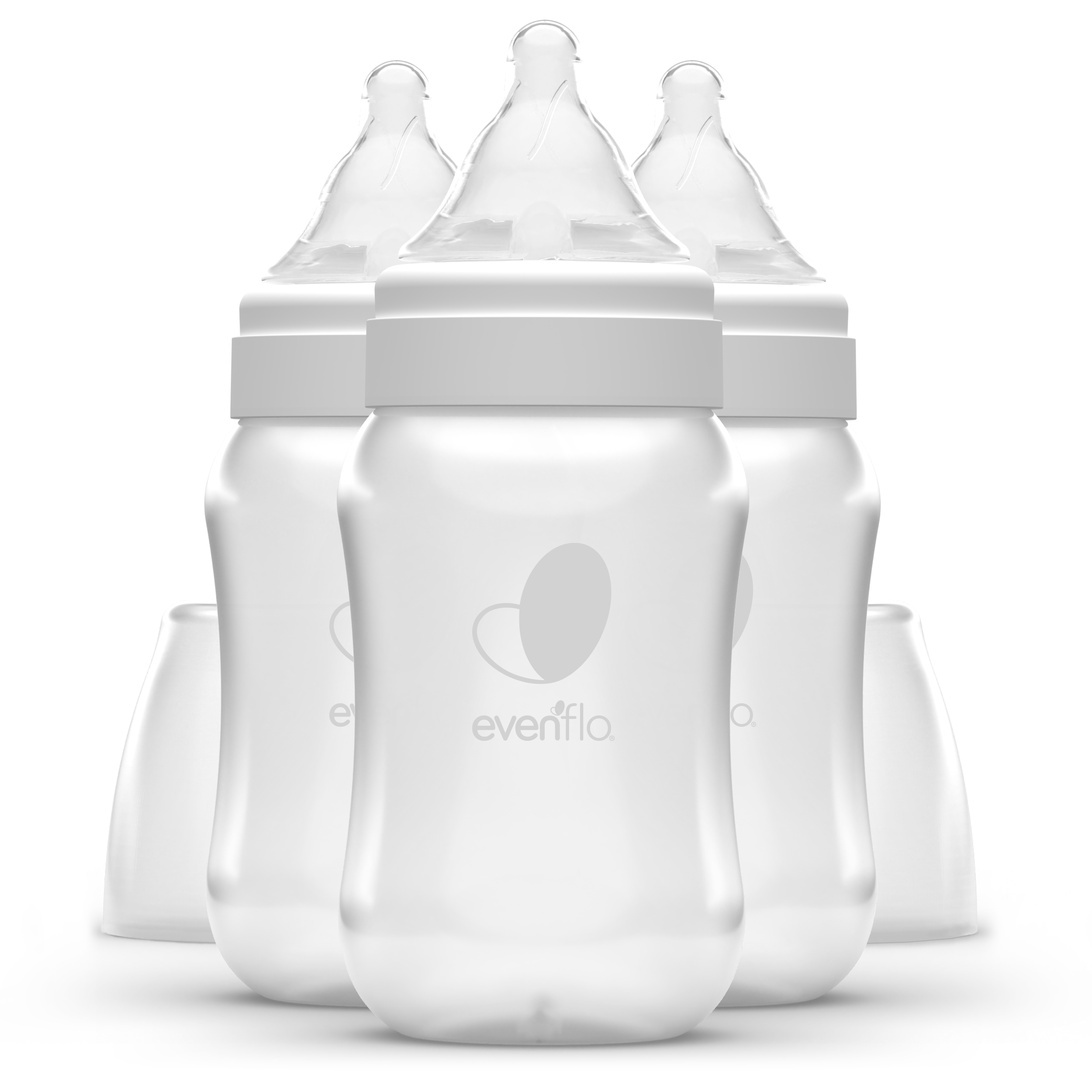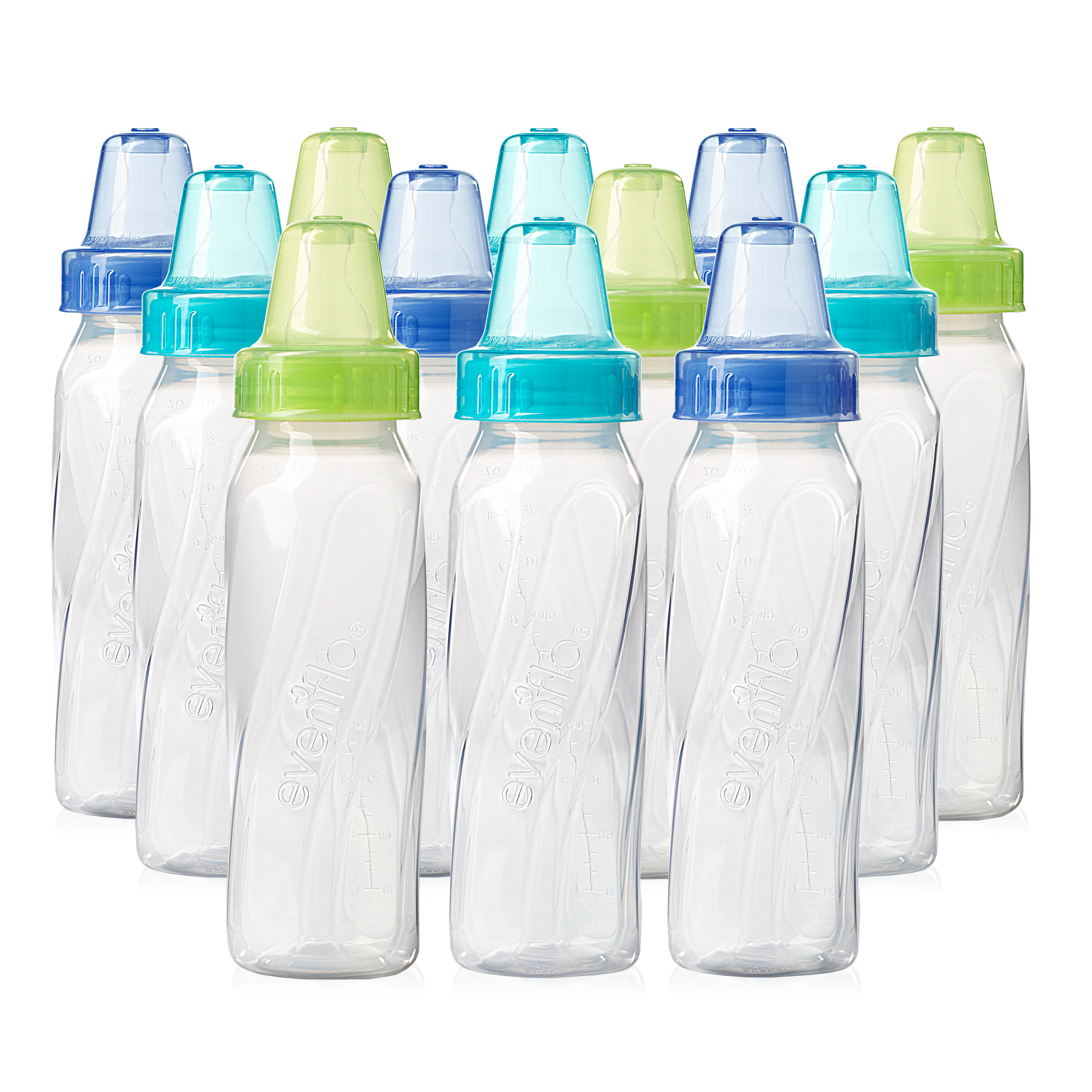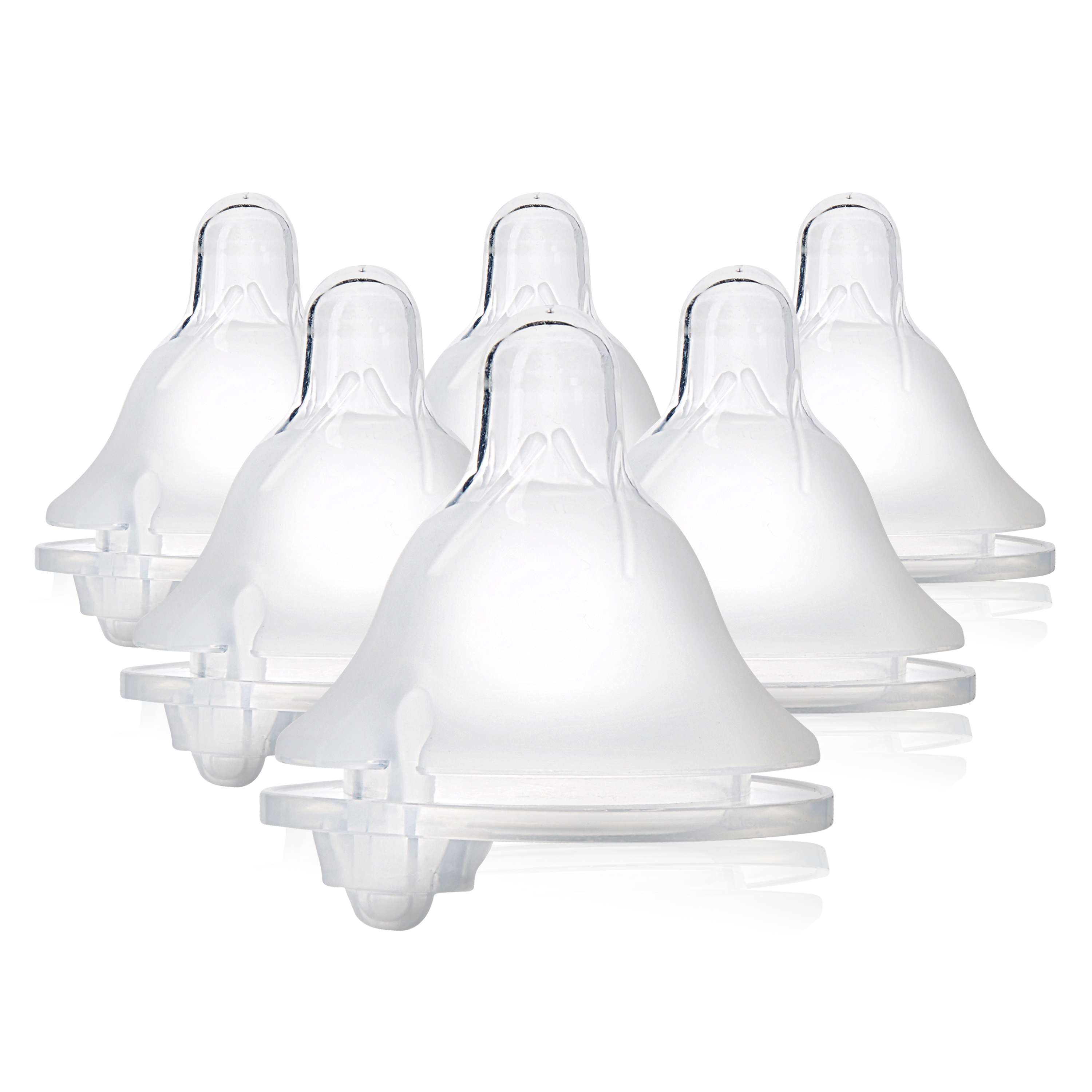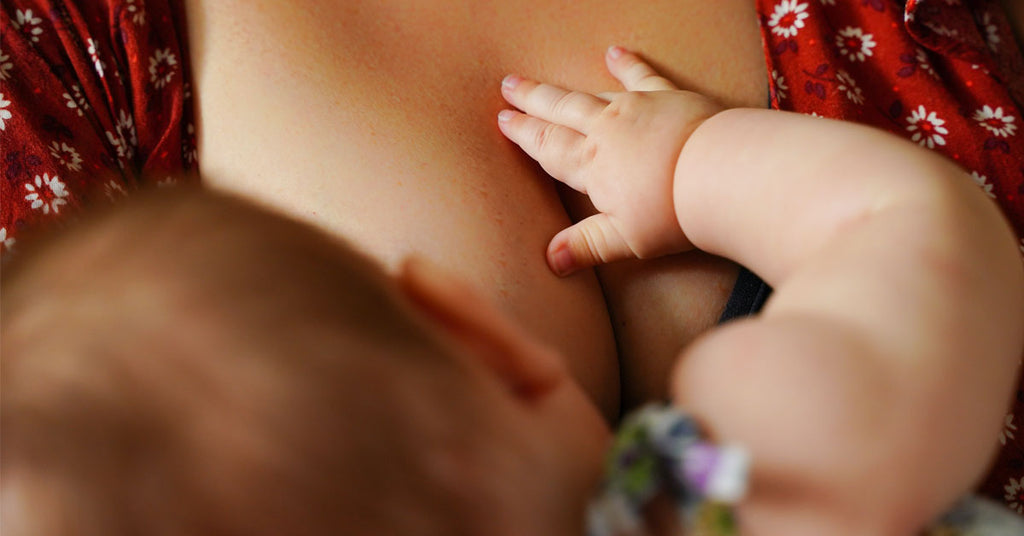
Oxytocin: The Magic Pumping Hormone

One of the hormones released when you breastfeed is oxytocin. Without oxytocin, your milk will not flow. How does this affect pumping?
Many moms think that suction from the breast pump will pull the milk from the breast. This is incorrect. Suction, or increasing suction, will not pull milk from your breasts. Before milk will flow, your body needs to release a hormone called oxytocin.
Oxytocin pushes milk from the breast. Here’s how it works: Breast milk is held in balloon-like structures inside your breasts called alveoli. The alveoli are surrounded by myoepithelial cells. When your body releases oxytocin, these muscle-like myoepithelial cells contract and push the milk toward the nipple. This, in combination with the suction from your baby (or a pump), causes milk to flow.
If oxytocin isn’t released in the mother’s brain when a baby breastfeeds, the baby will not get milk even though milk is present in the breasts. This is why an oxytocin nasal spray, available by prescription, is used short term by some mothers. The same goes for pumping. If oxytocin isn’t triggered and released, no milk can be collected even though there is milk present in the breasts.
The release of oxytocin can be a conditioned response (think Pavlov’s dog). This means that once you figure out how to help your body release oxytocin as evidenced by milk flow, you will be able to repeat the process and speed up pumping. In time, your body will hopefully become so used to releasing oxytocin when you pump that you can simply attach the pump and milk will flow.
So how can you condition your body to release oxytocin? Read more here.
